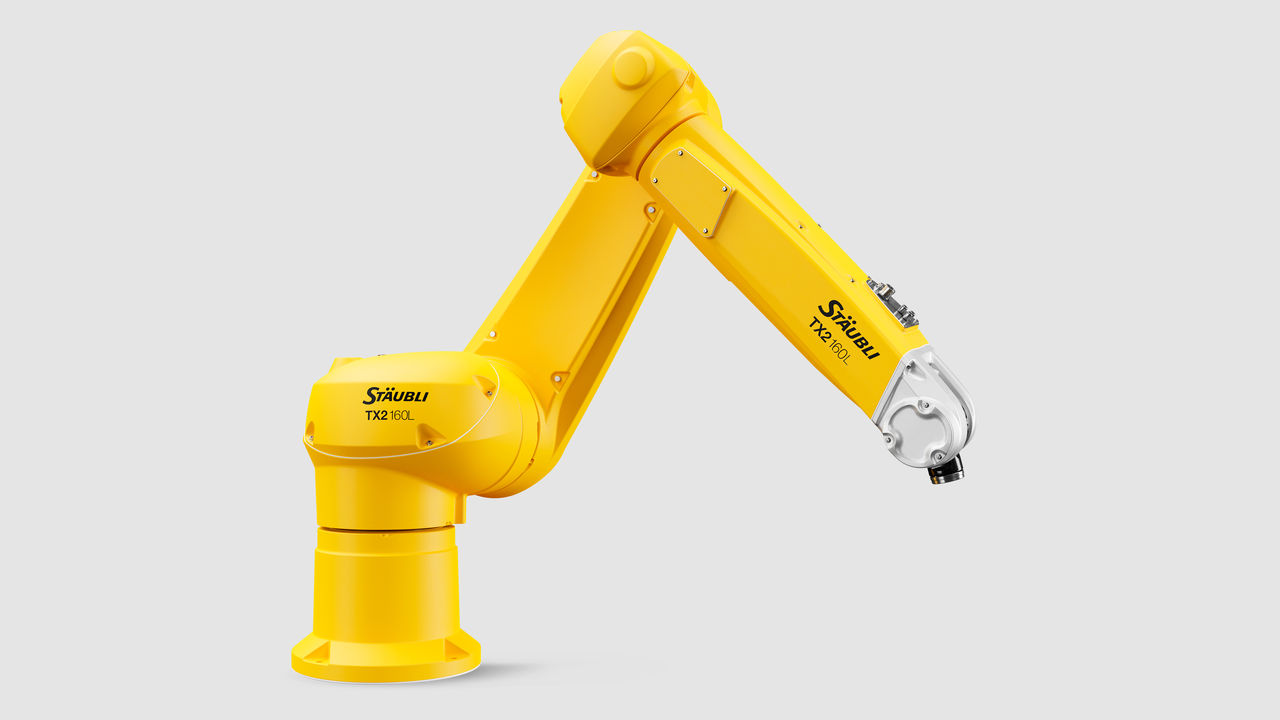- Europe
- Americas
- Asia and Middle East
- Africa and Oceania
SUCCESS STORY
Where precision really counts
Experts disagree on the best way to cut body panels. Many are content with a standard laser setup, but others progressed to the next level of working with robotic systems. At Hyundai, they have had only good experiences with laser cutting robots.
CUSTOMER BENEFITS
- Comparatively low investment costs
- Short amortization times
- Reliable, commercially viable process
- High quality standard
TASK
Laser cutting of B-pillars
Experts disagree on the best way to cut body panels. While many are perfectly content with a conventional laser setup, others have already progressed to the next level and are working with robotic systems. At Hyundai, they have only had good experiences with their laser cutting robots.
There can be no doubt, that laser cutting is becoming more widely established in the automotive industry due to the many advantages it brings. Thermal separation is the process of the first choice wherever different materials are to be accurately cut without direct contact being made and without force being applied.
Whether standard laser cutting systems are to be used or robot-based solutions will depend on the specific application. One thing is certain: conventional systems are the benchmark where maximum precision is the main criteria. The differences here are similar in scale to those between a machine tool and a machining robot. For practical purposes, while standard robots with average path accuracy are suitable for laser cutting only to a limited degree, the high-precision Stäubli industrial machines can achieve consistently good results to every degree, as the experienced Korean automotive manufacturer Hyundai has demonstrated.
SOLUTION
High-precision robots show the way
The Koreans, who attach great importance to quality and determination to close the gap on European premium manufacturers, are convinced of the merits of laser cutting with a robot. This technology, which is also coming to Europe, is much more flexible than conventional laser cutting systems and generates a higher output given the right conditions.
Stäubli industrial robots being preferred for this process is no coincidence. Due to the outstanding precision and path accuracy of the six-axis TX and RX series, it is as if they were specifically designed for such high-precision work. This also came to the attention of Hyundai's management and after an extensive series of experiments, they decided the large Stäubli RX160 suited their needs.
The laser cutting robots shape the B-pillars of various Hyundai models with great accuracy. The proprietary patented drive technology from Stäubli Robotics guarantees a level of performance that cannot be achieved with off-the-shelf alternatives and is paying dividends here. At the same time, the machines are not only highly dynamic in operation, but also impress by virtue of their exemplary accessibility despite working continuous shifts. In addition, the RX160’s extensive reach of over 1.7 meters facilitates the machining of large workpieces.
CUSTOMER USAGE
Quality, productivity and profitability
Hyundai has had only positive experiences using the laser process in combination with Stäubli machines. Due to the excellent path accuracy of the robots and minimized heat input, the finished parts are an exact fit and fulfill the high-quality requirements of the manufacturer in every aspect. In addition, the performance of the robots with regard to speed and flexibility ensures fast processes, which guarantees efficiency and cost-effectiveness despite a large number of part variants.
By opting for the laser cutting robot, Hyundai has succeeded in keeping the investment costs lower than for a conventional system. The amortization period for the innovative robot system is then shorter. This is an aspect which becomes even more relevant given the enormous competitive pressures within the automotive industry.

